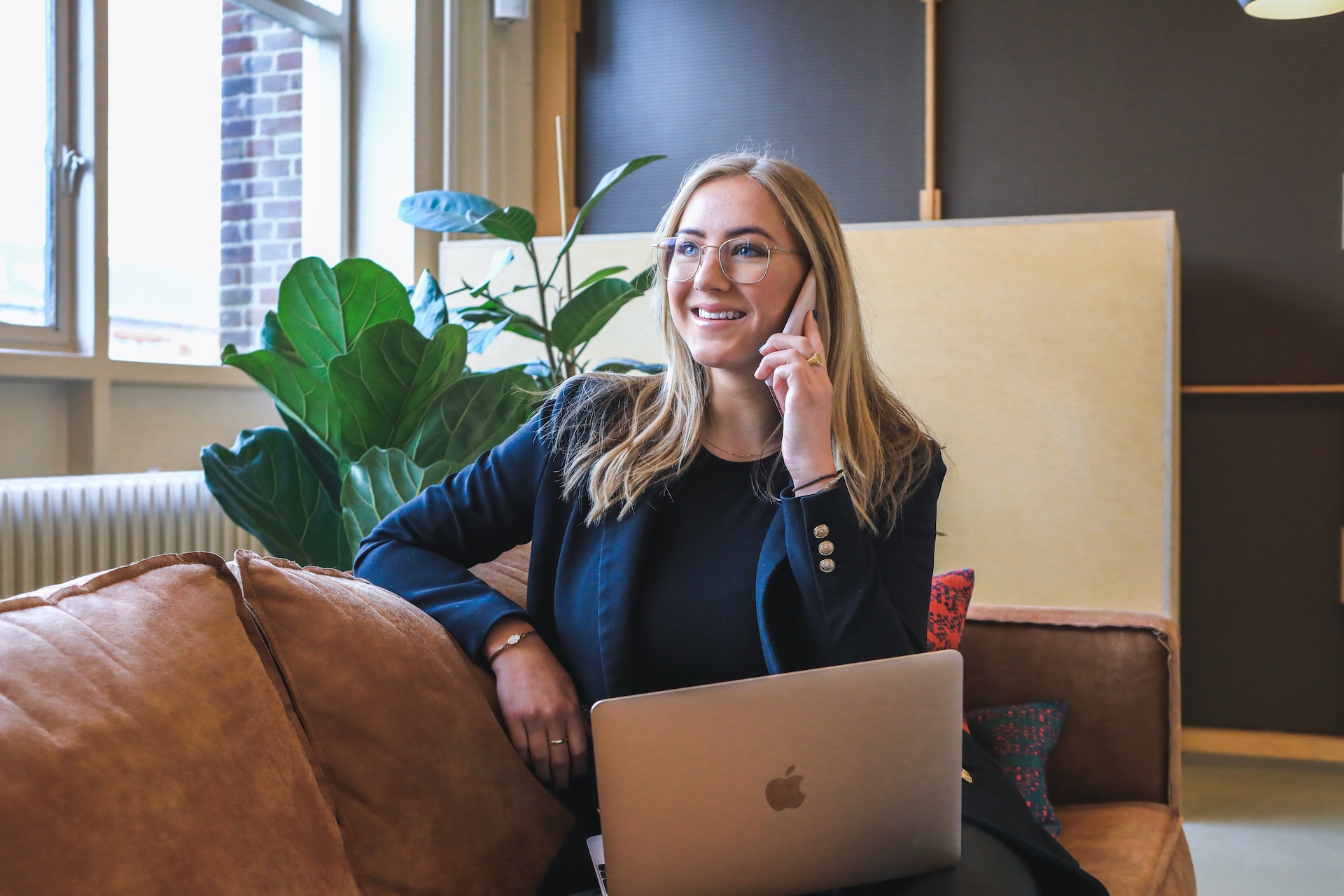Citi: A culture where employees thrive

Creating a culture where everyone can thrive
By Elizabeth Akass, Editor, Engage Business Media
Citi explains how it has fostered an engaged culture where all employees can reach their full potential.
Citi is a global bank with 20 million customer accounts worldwide, and does business in more than 160 countries and jurisdictions. It covers a range of financial products and services, including a consumer bank, credit, corporate, investment banking, security brokerage, and wealth management. The company has around 220,000 employees globally, who receive a high level of communications at all times.
Debbie Bennett-Jackson, Senior Vice President of Marketing and Engagement at Citi, explains that the Internal Communications at the company have been structured to be effective globally, regionally, and locally. “The world of work is changing so fast – more rapidly than ever before. Engaging our people in that change and encouraging continual learning as people go is essential in ensuring not only individual success for our people but also collective success for the bank as well.”
She describes the difficulties Citi had to navigate in order to accomplish the improvements it wanted to make. “Research shows that 70% of organisational change fails, and that typically is a result of employee attitude and management behaviours towards change. As an organisation, if we want to be successful then we have to foster a culture that is comfortable with continual change, and that also engages our employees to make that change successful.”
“In addition, for the first time we have the added complexity of managing five generations in the workplace, all of which have different working styles, attitudes, communication preferences, and values,” she says. “In the banking industry itself, post-crisis, we’re looking to balance this risk-focused culture, which has been so important to our recovery, and driving innovation and change which we need to survive moving forward.”
Aligning with this focus on continual change, Citi has placed a focus on helping its people ‘learn, grow, and innovate’. She says: “We formed a partnership between resourcing, learning and diversity, and corporate communications to create a programme called #BeMore.”
The #BeMore programme is CEO sponsored and non-HR branded, created as an internal marketing campaign that supports the development of behaviours needed to create this desired culture of innovation and continuous learning, and has since expanded to become a talent, learning, and diversity function. “Everyone thrives if they are engaged, if they have opportunities to progress, and if they have the mindset that they are actively changing the world of banking. Also, Citi will succeed if we have an increasingly diverse environment which enables us to be the best for our clients and our colleagues.”
She explains the three pillars of this approach: “We talk about people getting it, spotting it, and spreading it. ‘Getting it’ is helping our people to expand their mindset, develop their capabilities, and then challenge any bias that we have. ‘Spotting it’ is about identifying people with potential, and spotting potential to advance the culture and develop the talent for now and in the future. ‘Spreading it’ is all about sharing the message, including supporting an agile environment, as well as us as a team lobbying policy and practice change, it’s also about strengthening the platforms that support and connect our people via campaigns.”
Bennett-Jackson says that employees are encouraged to engage with this training in a pull, rather than push, approach. “We use eye-catching and fun creatives, and it has a really strong call to action, and it’s done in places in our offices that aren’t usually used for marketing or branding. We also use physical engagement in our call locations to support some of the activities that we were running at that time. Branded merchandise is also used as a reward for people who participate and to build brand awareness across the business.”
She continues: “Everybody is driven to a conversation on our internal platform, and then we use a community management team to start and fuel conversations and build that community spirit. This team are a mix of volunteers, brand ambassadors, and HR professionals, and they target Citi’s leaders and encourage them to participate. We also use our shadow organisation. These may not be the senior people by title, but they are people we know are very active from a social point of view. That helps us to create a viral effect on the campaign that we’re running. Content that drives into that social platform includes videos we produce, blogs, habit-changing bite-size learning activities such as the 30-day development challenge, external and internal speakers, and we also use crowdsourcing events as well.”
Leadership involvement has been an integral part of this progress being successful. Bennett-Jackson says: “We try to encourage our leaders to participate so they are role modelling the behaviours that we’re asking our teams to follow.” She says that this increased involvement has proven successful, with more employees participating across Citi’s socials and challenges, especially the 30-day development challenge, or creating blogs and videos encouraging others to get involved.
The 30-day development challenge is Citi’s most popular activity and drives the most internal engagement. “It’s a great way to get people to connect with what being at their best means, so it’s something we’ve run for three years, and in 2018 it was taken globally across the whole organisation,” she says. “It’s about a series of micro-actions and making things really simple for people. Everyone across the business, whether client-facing or not, can understand what they can do to contribute to that broader client strategy.”
Participants are given one challenge a day for thirty days, each taking less than 10 minutes to complete; gamification is added for motivation, as those highly engaged on the platform can earn badges. The challenges are designed to kick-start behaviour change as it gets people practicing new ways of work. “We give people a micro-action to complete, then ask them read a resource, and then we ask them to reflect and share on what they’ve learned on the social platform.”
Citi decided that in order to progress with a client-led strategy successfully, its people needed to be at their best. Bennett-Jackson’s team crowd-sourced feedback from volunteer participants within the company to discuss what enables them to be at their best. “In terms of the feedback, we found that there were five different areas that people talked about:
- Career development – people want to be lifelong learners and need the opportunity to continually learn.
- Inclusion – a good work/life balance, the need for family support, showing respect to one another, the need for our managers to build inclusive teams, and have inclusive practices across their teams.
- Innovation – learning how to develop ourselves to be able to take new risks in a culture that has been avoiding risks for a decade? People also wanted to continually challenge ideas and current internal processes.
- Culture – people need to feel safe in failing and building trusting relationships, and they needed to be ready and adaptable to change.
- Collaboration – breaking down silos and building relationships and sharing ideas across the business. There was also a big conversation around managerial capability and needing honest feedback so they can grow.”
Moving forward, Bennett-Jackson says that Citi will continue to expand its engagement offerings beyond learning and plan on how it can help our people to thrive. “We have three buckets of work that we’re going to focus on:
- Challenging the way people think;
- Encouraging people to bring their whole selves to work;
- Helping our people find and understand the resources we have in place.”
She elaborates: “We have some fantastic policies, benefits, and learning resources, we’re very lucky, but people can never find them. This will be an increased focus on helping our people understand where these things fit, how to access them, and at a time that’s most important to them. We’ll also use more nudges, a lot more segmentation towards our managers, more storytelling, and encouraging more user-generated content with people showing up as their authentic selves.”




